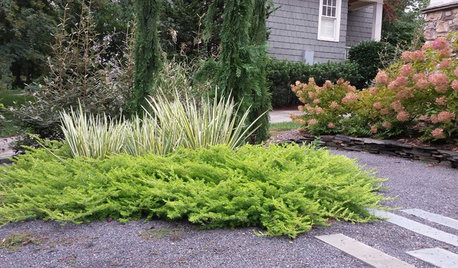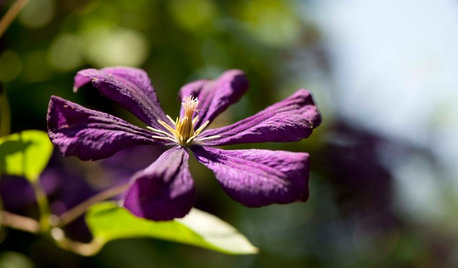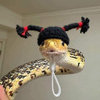Hole' Vole'-maybe not
squirejohn zone4 VT
12 years ago
Related Stories

DIY PROJECTSPocket Hole Joinery, the Beginning Woodworker's Best Friend
Make a wide range of sturdy wooden pieces with just this little bit of know-how
Full Story
LIFEThe Absolute Right Way to Hang Toilet Paper. Maybe
Find out whether over or under is ahead in our poll and see some unusual roll hangers, shelves and nooks
Full Story
PLANTING IDEASThese Aren’t Your Grandparents’ Junipers
Dislike junipers? Maybe it’s time to discover new varieties and new uses for this garden workhorse
Full Story
GARDENING GUIDESSoutheast Gardener's March Checklist
Start fresh by envisioning new plant combinations as you tend to fruit trees and rosebushes — and watch out for those darned voles
Full Story
KITCHEN STORAGEPantry Placement: How to Find the Sweet Spot for Food Storage
Maybe it's a walk-in. Maybe it's cabinets flanking the fridge. We help you figure out the best kitchen pantry type and location for you
Full Story
BUDGET DECORATINGBudget Decorator: 15 Ways to Update Your Kitchen on a Dime
Give your kitchen a dashing revamp without putting a big hole in your wallet
Full Story
DIY PROJECTS29 Home Projects to Make You a DIY Superstar
Patch up holes, turn trash to treasure, erase stains ... these doable DIY projects will better your home and boost your ego
Full Story
STORAGE18 Rooms Made Better With Pegboard
A grid of tiny holes punched in hardboard can be your versatile best friend in every room
Full Story
GREAT HOME PROJECTSHow to Add a Skylight or Light Tube
New project for a new year: Increase daylight and maybe even your home’s energy efficiency by opening a room to the sky
Full Story
BATHROOM DESIGN12 Things to Consider for Your Bathroom Remodel
Maybe a tub doesn’t float your boat, but having no threshold is a no-brainer. These points to ponder will help you plan
Full Story






Steve Massachusetts
User
Related Professionals
Eden Prairie Landscape Architects & Landscape Designers · Leawood Landscape Architects & Landscape Designers · Lowell Landscape Architects & Landscape Designers · Oatfield Landscape Architects & Landscape Designers · Mount Wilson Landscape Architects & Landscape Designers · Hartford Landscape Contractors · Springfield Landscape Contractors · Chelmsford Landscape Contractors · La Mirada Landscape Contractors · Riverhead Landscape Contractors · Twin Falls Landscape Contractors · Brea Fence Contractors · Brooklyn Park Fence Contractors · Libertyville Fence Contractors · Mokena Solar Energy Systemssquirejohn zone4 VTOriginal Author
Steve Massachusetts
franknjim
squirejohn zone4 VTOriginal Author
gardenfanatic2003
hostaLes
squirejohn zone4 VTOriginal Author
in ny zone5
squirejohn zone4 VTOriginal Author
squirejohn zone4 VTOriginal Author
in ny zone5
kskaren
hostaLes
kskaren